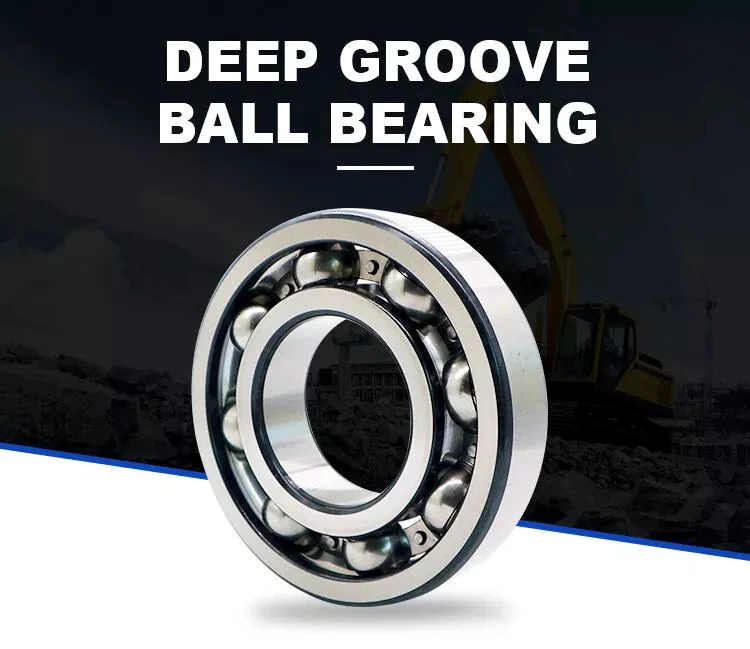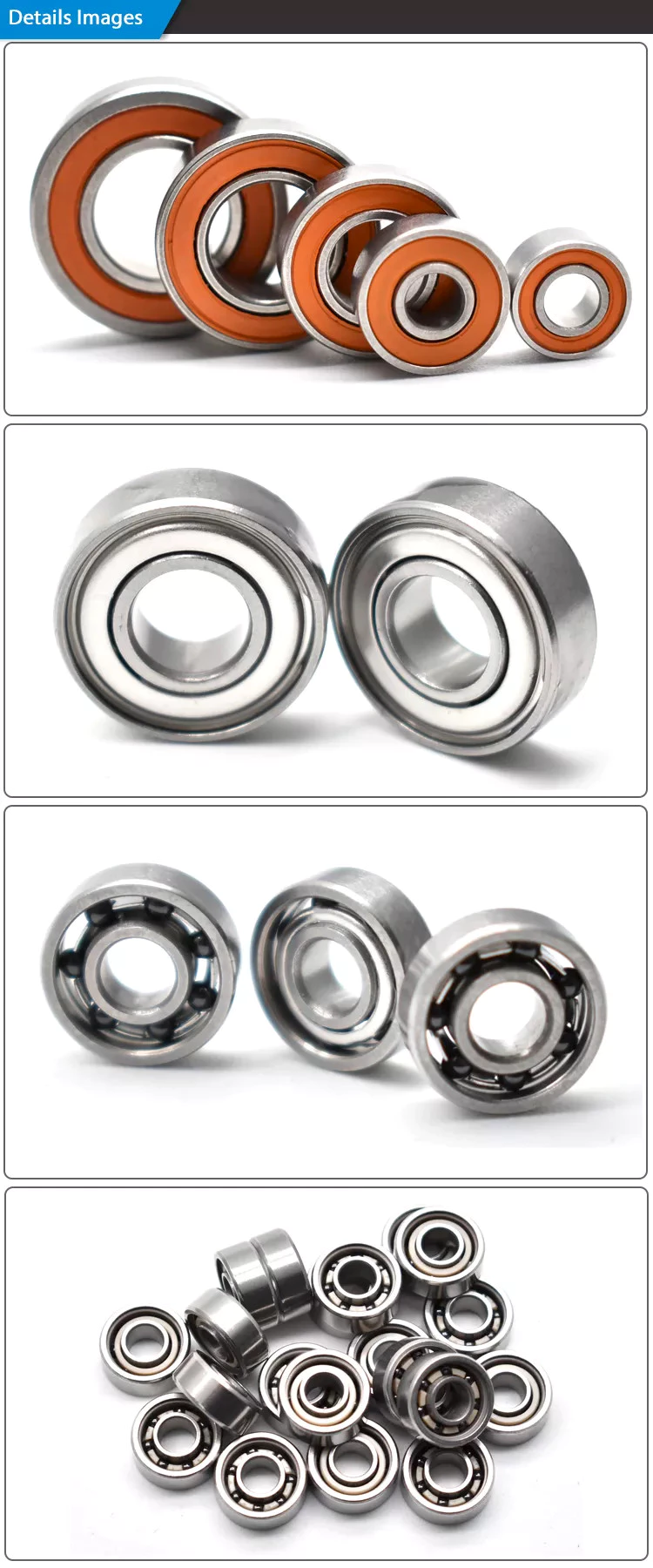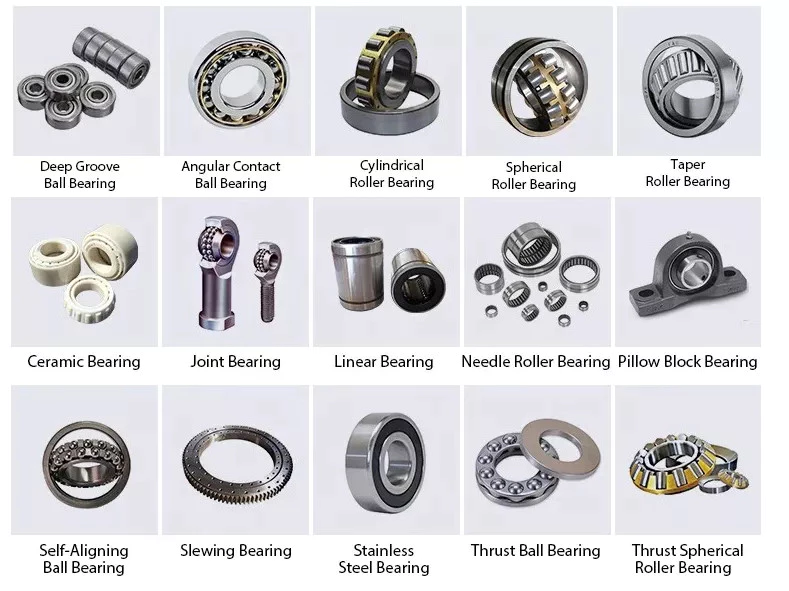Product Description
Steel Roll Bending Machine Cylinder Type Hydraulic Mechanic Carbon Steel Sheets —Basic info:
| Model NO. | EN source |
| Number of rollers | 4 |
| Roll length | 2050mm |
| Diameter of the roller upper roller | 190mm |
| Lower roller 160mm Side roller | 180mm |
| Side roller | 180mm |
| The smallest possible rolling diameter | 300mm |
| Roll material | Forged carbon steel with high tension, heat treatment, testing and identification |
| Roller resistance | R = 620~750 N/mm² |
| The basic hardness of the roller Brinnel | Brinell hardness = HB 180~230 |
·Note: all the machines of our company are customized. Please consult the salesman for specific parameters .
Steel Roll Bending Machine Cylinder Type Hydraulic Mechanic Carbon Steel Sheets—Product Description:
01Rolling Machine
The AUTO rolling machine is 1 of the important parts of the LNG production line.
The rolling machine adopts the four-roller structure with the upper roller as the main drive.
Its working principle is a combination of hydraulic and CNC rolling of sheet metal.
02Rolling machine Working principle
03Steel Roll Bending Machine Cylinder Type Hydraulic Mechanic Carbon Steel Sheets—Introduction to the work of the rolling machine
The machine adopts the four-roller structure with the upper roller as the main drive.
The equipment has the function of pre-bending the end of the plate. The metal sheet can be loaded at 1 time, and the plate end pre-bending and the roll forming of the workpiece can be completed without turning.
The upper working roller of this machine is the main driving roller. The lower roller and both sides of the roller adopt hydraulic transmission. The lifting displacement is controlled by the computer, automatic leveling, screen display, and the tilting and resetting of the turning bearing body to adopt hydraulic transmission. The tail of the upper roller Equipped with a balance mechanism to facilitate the unloading of the rolled workpiece and cylinder. Equipped with a mobile independent operating table, which can be moved and operated at any time, and the machine is equipped with a safety interlock device. The machine has a high technical level, complete functions, high precision, and easy operation. It is the most ideal model for rolling round, arc, and conical workpieces in industries such as energy, transportation, petroleum, chemical industry, boilers, shipbuilding, hydropower, and metal structures.
04Steel Roll Bending Machine Cylinder Type Hydraulic Mechanic Carbon Steel Sheets—Rolling Machine parameter
| rolling machine parameters | This machine is customized, the parameters are for reference only | ||
| Roller | Number of rollers | 4 | |
| Roll length | 2050mm | ||
| The diameter of the roller | upper roller | 190mm | |
| Lower roller | 180mm | ||
| Side roller | 180mm | ||
| The smallest possible rolling diameter | 30mm | ||
| Roll material | Forged carbon steel with high tension, heat treatment, testing and identification | ||
| Roller resistance | R = 620~750 N/mm² | ||
| The basic hardness of the roller Brinnel | Brinell hardness = HB 180~230 | ||
| Roll hardness treatment | induction hardening, up to 45~62HRC | ||
| Drive | Drive roller | 2 (upper and lower nip roller) | |
| Drive system | 2 independent hydraulic motors | ||
| Maximum winding speed | 5m/min (efficient technology) | ||
| Circumferential speed compensation is automatically completed by the hydraulic system without any power loss | |||
| Electrical | Installed power | HP10 (8KW) energy-saving technology | |
| Power supply | 380V, 3 phase, 50HZ | ||
| Side roller position 4 digits on the display screen, with an accuracy of 0.1mm | |||
| The position of the lower roller is displayed digitally on the display screen with an accuracy of 0.1mm | |||
| Move | Roller guidance “Planetary guidance” (no friction, anti-oxidation, minimal lubrication), hydraulic pressure, overload protection system, unique patented design | ||
| The movement of the roller is hydraulic, through the large-diameter hydraulic cylinder with a chrome-plated layer | |||
| The clamping pressure of the plate can be preset by the operator on the control panel according to the thickness of the plate. When working, it can be automatically selecte by CNC and the pressure change can be monitored by CNC in real time. | |||
| CNC | The numerical control displays the position of the side rollers and memorizes them. Press the “Start” button through the keyboard, and the specific side rollers will automatically return to the previous memory position. (Different materials change the diameter and manually correct them to improve the result). With semi-automatic CNC, the operator must “start” each additional memory movement and move all the memory movements through the joystick. The rotation of the roller must always be manually triggered by the joystick. | ||
| The numerical control determination can be used in manual mode, with higher accuracy than any manually controlled machine. | |||
The products shown above are only the details of some models and products in this machine. We sell all the equipment in the solar water heater production line. If you are interested, we look forward to your inquiry.
Choosing the Right Ball Bearing for Your Application
When choosing a Ball Bearing, there are several things to consider. These factors include: the size, lubricant type, presence of corrosive agents, stray electrical currents, and more. It can be challenging to choose the right type, size, and type of ball bearing for your application. You should also carefully calculate the loads to determine the right size. Here are some tips for choosing the right Ball Bearing for your application.
Single-row
The single-row ball bearing is 1 of the most popular types of bearings. The inner and outer ring are designed with raceway grooves that are shaped slightly larger than the balls. This type of bearing has a low torque and can handle high-speed applications with minimal power loss. The radial dimensions of single-row ball bearings also vary, so it is possible to find 1 that fits your specific application. Besides the above-mentioned advantages, single-row ball bearings are also available with varying grease levels and are widely applicable to applications where the space is limited.
Single-row ball bearings are also called angular-contact ball bearings. Because of their single-row design, they are not separable and can accommodate a high-speed, heavy-duty application. Single-row angular-contact ball bearings can only handle axial load in 1 direction, and they must be installed in pairs for pure radial loads. Single-row ball bearings are a popular type of rolling bearings and can be used for a wide range of applications.
Self-aligning
The self-aligning ball bearing was invented by Sven Wingquist, a plant engineer for a textile company in Sweden. While he was responsible for making production as efficient as possible, he soon realized that the machinery he had in place wasn’t working as efficiently as it could. Although ball bearings are great for reducing friction, they were not flexible enough to compensate for misalignments in the machine.
Self-aligning ball bearings have 2 rows of balls and a common sphered raceway. The inner ring is curved and combines the 2 rows of balls into 1 cage. These bearings can tolerate shaft misalignment and compensate for static angular defects. They can be used in simple woodworking machinery, ventilators, and conveying equipment. They are often the preferred choice for applications where shaft alignment is an issue.
Ceramic
A Ceramic ball bearing is a type of high-performance bearing that is available in both full-ceramic and hybrid forms. The main differences between ceramic and steel ball bearings are their construction, lubrication, and mobility. High-quality ceramic ball bearings are durable, and they are ideal for corrosive and high-temperature applications. The material used to create these bearings helps prevent electrolytic corrosion. They are also ideal for reducing the friction and lubrication requirements.
Ceramic balls are harder and less brittle than steel balls, which gives them a higher degree of rigidity. Ceramics also have a higher hardness, with a hardness of Rc75-80 compared to Rc58-64 for steel balls. Their high compressive strength is approximately 5 to 7 times greater than steel. In addition, they have a very low coefficient of friction, which allows them to spin at higher speeds and with less friction. This increases their lifespan and durability, and decreases the energy needed to turn cranks.
Steel
Unlike traditional bearings, steel balls have a relatively uniform hardness. Carbon steel, for instance, is 2.1% carbon by weight. According to the American Iron and Steel Institute, copper content must be no more than 0.40% and manganese content should not be more than 1.65 g/cm3. After carbonizing, steel balls undergo a process called sizing, which improves their roundness geometry and hardness.
The main differences between steel ball bearings and ceramic ball bearings can be traced to their different materials. Ceramic balls are made from zirconium dioxide or silicon nitride. Silicon nitride is harder than steel and resists shocks. The result is increased speed and longer service life. Polyoxymethylene acetal (PMMA) bearing balls are known for their stiffness, strength, and tolerance, but are not as common as steel ball bearings.
Plastic
The most popular types of plastic ball bearings are made of polypropylene or PTFE. These bearings are used in applications requiring higher chemical resistance. Polypropylene is a structural polymer that offers excellent physical and chemical properties, including excellent resistance to organic solvents and degreasing agents. Its lightweight, low moisture absorption rate, and good heat resistance make it an excellent choice for high-temperature applications. However, plastic bearings are not without their drawbacks, especially when operating at very high temperatures or under heavy loads.
Compared to metal bearings, plastic ball-bearings do not require lubrication. They also are highly corrosion-resistant, making them an excellent choice for wash-down applications. They are also post-, autoclave-, and gamma sterilizable. Many conventional steel ball-bearings cannot handle the high temperatures of food processing or swimming pools. In addition to high temperature applications, plastic ball bearings are resistant to chemicals, including chlorine.
Glass
Plastic sliding bearings are molded bearings made of engineering plastic. With self-lubricating modification technology, these bearings can be produced by injection molding of plastic beads. They are widely used in various industries such as office equipment, fitness and automotive equipment. In addition to plastic bearings, glass balls are used in a variety of other applications, including medical equipment. Glass ball bearings have excellent corrosion resistance, excellent mechanical properties, and are electrically insulators.
Plastic ball bearings are made of all-plastic races and cages. These bearings are suitable for applications that are exposed to acids and alkalis. Because they are cheaper than glass balls, plastic ball bearings are popular in chemical-exposed environments. Stainless steel balls are also resistant to heat and corrosion. But the main disadvantage of plastic ball bearings is that they are not as strong as glass balls. So, if weight and noise is your main concern, consider using plastic balls instead.
Miniature
The global miniature ball bearing market is expected to reach US$ 2.39 Billion by 2027, at a CAGR of 7.2%. Growth in the region is attributed to technological advancement and government initiatives. Countries such as India and China are attracting FDIs and emphasizing the establishment of a global manufacturing hub. This is boosting the market for miniature ball bearings. The miniscule ball bearings are manufactured in small quantities and are very small.
Some manufacturers produce miniature ball bearings in different materials and designs. Chrome steel is the most popular material for miniature ball bearings because of its high load capacity, low noise properties, and lower cost. But the cost of stainless steel miniature bearings is low, since the amount of steel used is minimal. Stainless steel miniature bearings are the smallest in size. Therefore, you can choose stainless steel mini ball bearings for high-speed applications.
Angular-contact
Angular-contact ball bearings have 3 components: a cage, inner ring, and balls. Angular-contact ball bearings can support high axial and radial loads. Various design and manufacturing attributes make angular-contact ball bearings suitable for a variety of applications. Some features of this bearing type include a special lubricant, different cage materials, and different coatings.
The size of an angular-contact ball bearing is determined by the design units: outer ring width, axial load, and radial load. Depending on the type of application, an angular-contact ball bearing may be manufactured in double-row, triple-row, or quadruple-row configurations. Angular contact ball bearings can be classified according to their design units, which range from metric to imperial. A higher ABEC number means tighter tolerances. To determine the tolerance equivalent of a particular bearing, consult a standard Angular-contact ball bearing table.
Angular-contact ball bearings feature high and low-shoulder configurations. They have two-dimensional races that accommodate axial and radial loads. They are available in self-retaining units with solid inner and outer rings, and ball and cage assemblies. Cages made of cast and wrought brass are the most popular, but lightweight phenolic cages are also available. The latter is a better choice because it doesn’t absorb oil and has lower rolling friction.
Materials
When it comes to the construction of a ball bearing, high-quality raw materials are a crucial component. These materials not only affect the overall quality of a ball bearing, but also influence the cost. That’s why you should pay close attention to raw material quality. In addition to that, raw materials should be tested several times before the manufacturing process to ensure quality. Read on for some information about the different types of materials used to make ball bearings.
Steel is the most common material for ball bearings. Most ball bearings contain stainless steel balls, which are remarkably corrosion-resistant. They are also resistant to saltwater and alkalis. However, stainless steel balls are heavier than plastic ones, and they are also magnetic, which may be a drawback in some applications. If you’re looking for a metal-free option, glass balls are the way to go. They’re sturdy, lightweight, and resistant to a wide range of chemicals.


